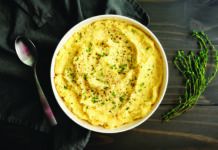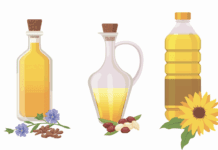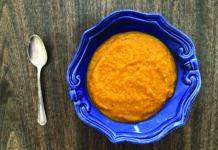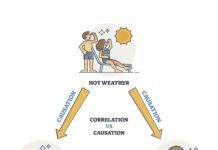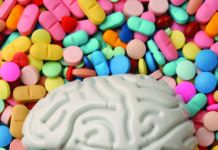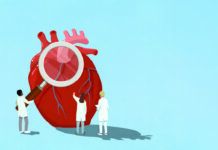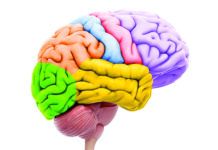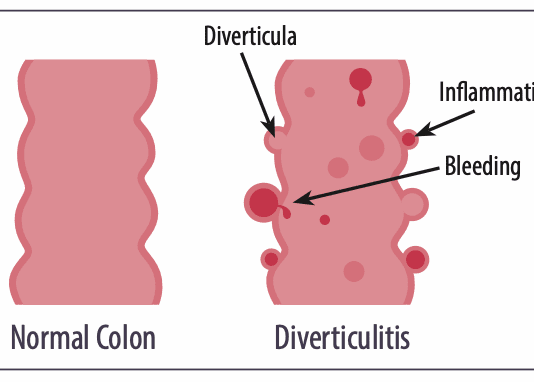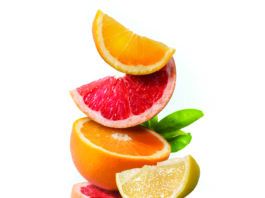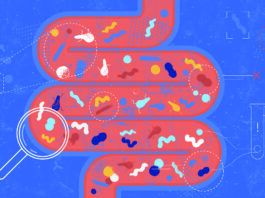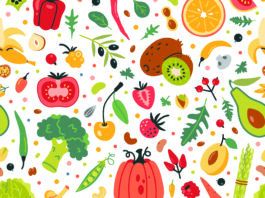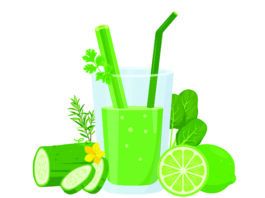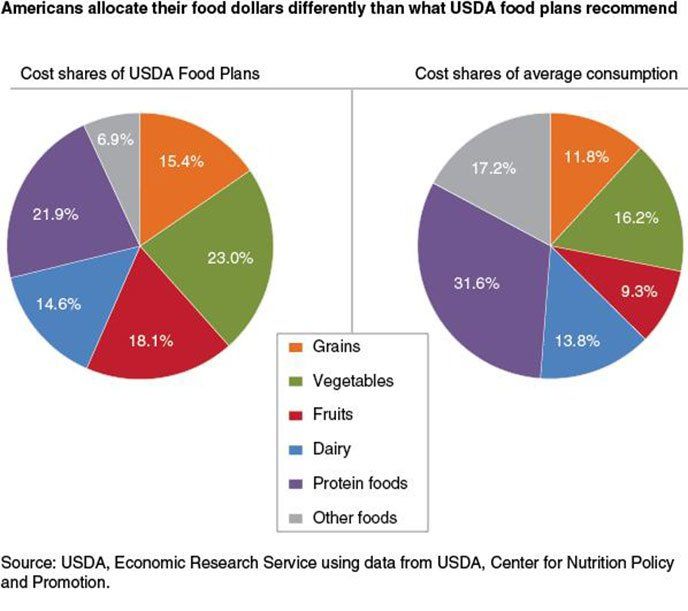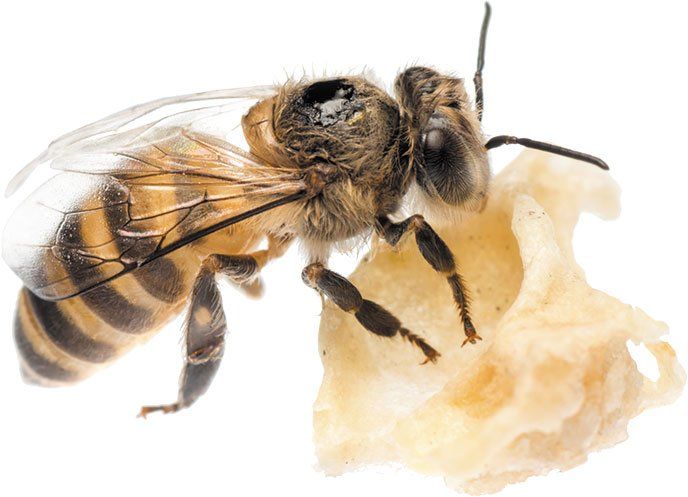Clutter and Chaos Linked to Calories and Cookies
Keeping your kitchen uncluttered and calm might help prevent you from munching empty calories. A recent Cornell University experiment, published in Environment and Behavior, compared the snacking habits of 100 young women.
Genetics May Affect Foodborne Illness
If you're the "canary in the coal mine" who's always the first to get sick from that undercooked burger or picnic potato salad, blame your genes.
What About Canned?
When the supermarket fish counter fails you, dont hesitate to head for the canned-fish aisle. Canned sardines and salmon are generally sustainable choices; canned tuna, while controversial, typically includes sustainable pole-caught albacore or skipjack varieties.
Secrets of Uncle Sams Nutrition Prescription
Every five years, your Uncle Sam rounds up the latest scientific evidence about nutrition and serves up advice about what to eat and drink for better health. The resulting Dietary Guidelines for Americans (DGA) - whose eighth edition was released in January - provides basic guidance to the American public about healthy eating patterns and shapes nutrition education programs.
Q. If you sit in front of a window with sunlight coming through, will...
Q. If you sit in front of a window with sunlight coming through, will your body produce vitamin D or do you have to be outdoors with direct sunlight?
Q. Ive read in your newsletter about the benefits of nuts and “seeded” fruits...
Q. Ive read in your newsletter about the benefits of nuts and "seeded" fruits such as blueberries, but I have diverticulitis. Do I need to avoid these healthy foods because of their effects on diverticulitis?
“Foraging” in the Modern Supermarket
There's good news at your local grocery store. "You should walk into a supermarket with a very positive attitude," says Alice H. Lichtenstein, DSc, director of Tufts' HNRCA Cardiovascular Nutrition Laboratory and executive editor of the Tufts Health & Nutrition Letter. "The availability of healthy and affordable foods has greatly expanded in recent years. There are a lot of options now throughout the store that are really good choices."
Foodborne Illness Strikes 1 in 10
Globally, foodborne illness strikes almost 1 in 10 people each year, according to a new report from the World Health Organization. The report looked at 31 different causes of foodborne disease, such as salmonella, E. coli and campylobacter as well as foodborne cholera and typhoid.
How Healthy Is Your Food Budget?
A new USDA report concludes that following the dietary guidelines need not cost consumers more, but many Americans would need to re-allocate their food budgets. The analysis identified six changes that could improve consumers diet quality - none costing more and most actually saving money.
Study Puts a Dent in Honeys Health Halo
Honey enjoys what marketers call a "health halo" - consumers tend to view products containing honey as healthier than those sweetened with sugar or high-fructose corn syrup. Thats why Kellogg's renamed its Sugar Smacks cereal as "Honey Smacks" and so many other products have "honey" in the name or featured prominently on the package.

